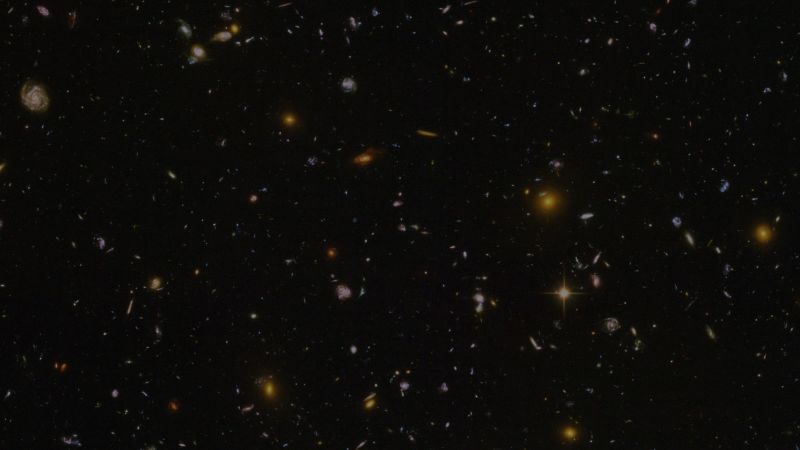
Astronomers have discovered a system of six exoplanets orbiting a young star 340 light-years away in the constellation Musca. The star, now known as TOI-178, is relatively close and bright, allowing its planets to be studied in greater detail.
The six exoplanets range in size from roughly that of Earth to nearly three times as massive, and all orbit the young star in a seemingly regular kaleidoscope pattern, never more than three days apart from each other.
Each of the six orbiting worlds moves in a distinct and repeated pattern through what astronomers refer to as “orbital resonance,” a specific configuration that ensures all the planets influence one another and keep their orbits stable over time.
The orbital resonance of this system is so specialized that it has allowed the planets to avoid gravitational destruction, despite their closely-packed orbits and young age.
Astronomers believe this kind of configuration forms as a planet-forming disk cools and dissipates and the planets are countless billions of years old.
This unique family of planets will continue to fuel questions and further studies of their composition and climate for many years to come.




